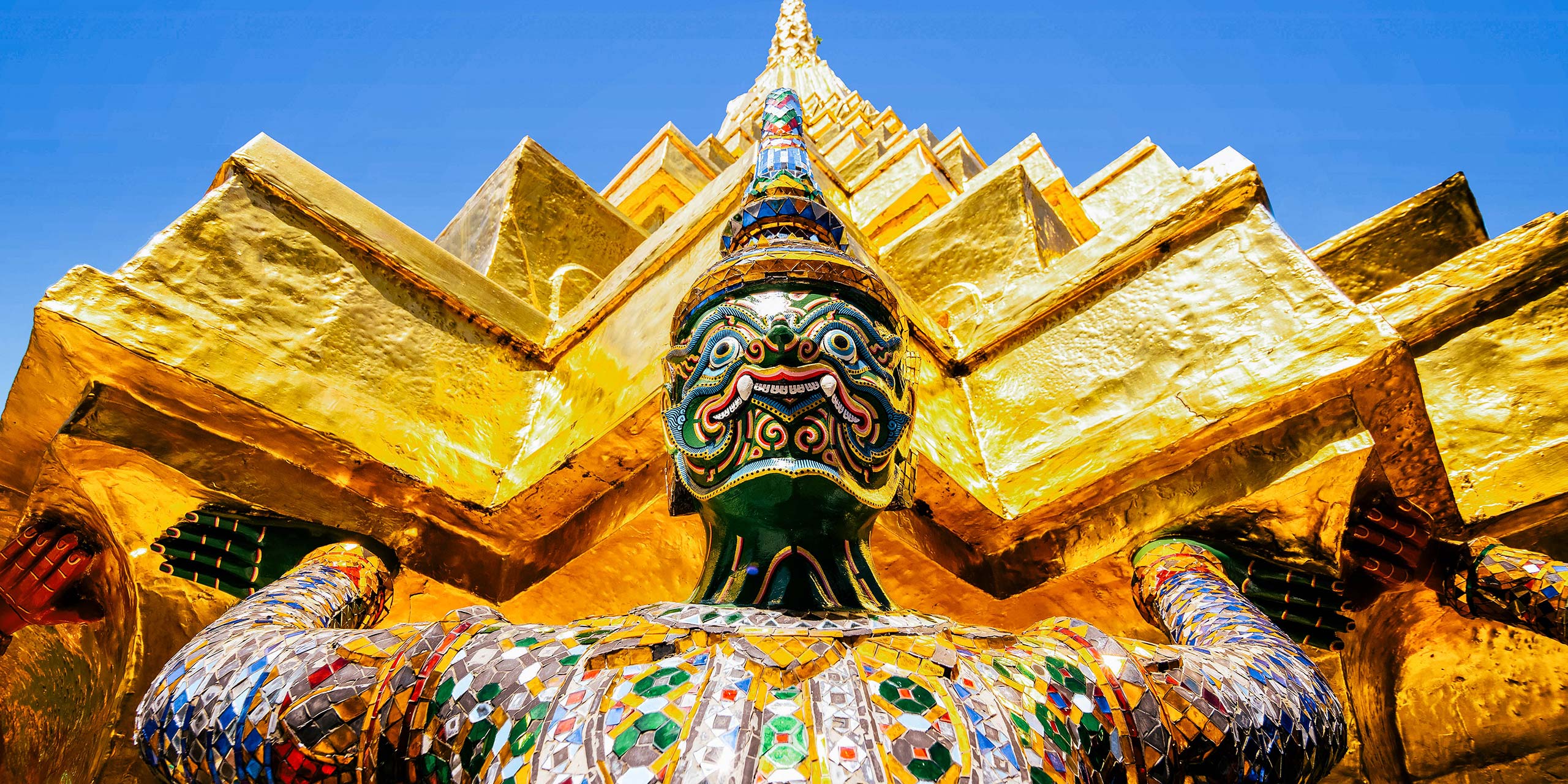
“It began with a quarrel about white elephants; at least, that is what they believe on the banks of the Menam River.”
This is how Alec Waugh’s “Bangkok: A Story of a City” opens, setting the stage for an enthralling journey through the evolution of one of Southeast Asia’s most prominent cities.
The book stands out as one of the definitive popular histories of Bangkok, tracing its development from a modest trading post to its modern status as a sprawling metropolis.
Readers are offered a unique glimpse into the lives of Bangkok’s kings and the intricate workings of their courts.
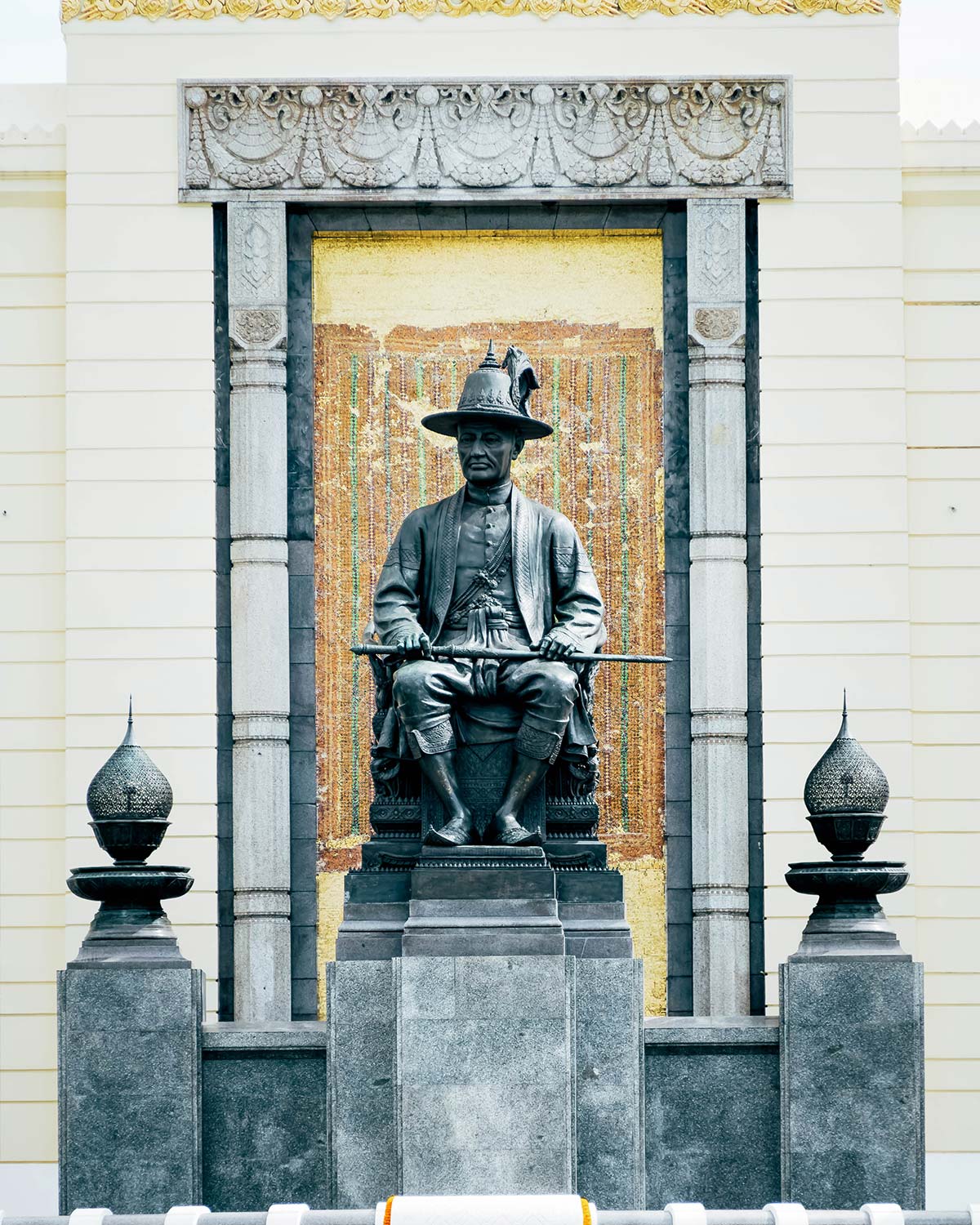
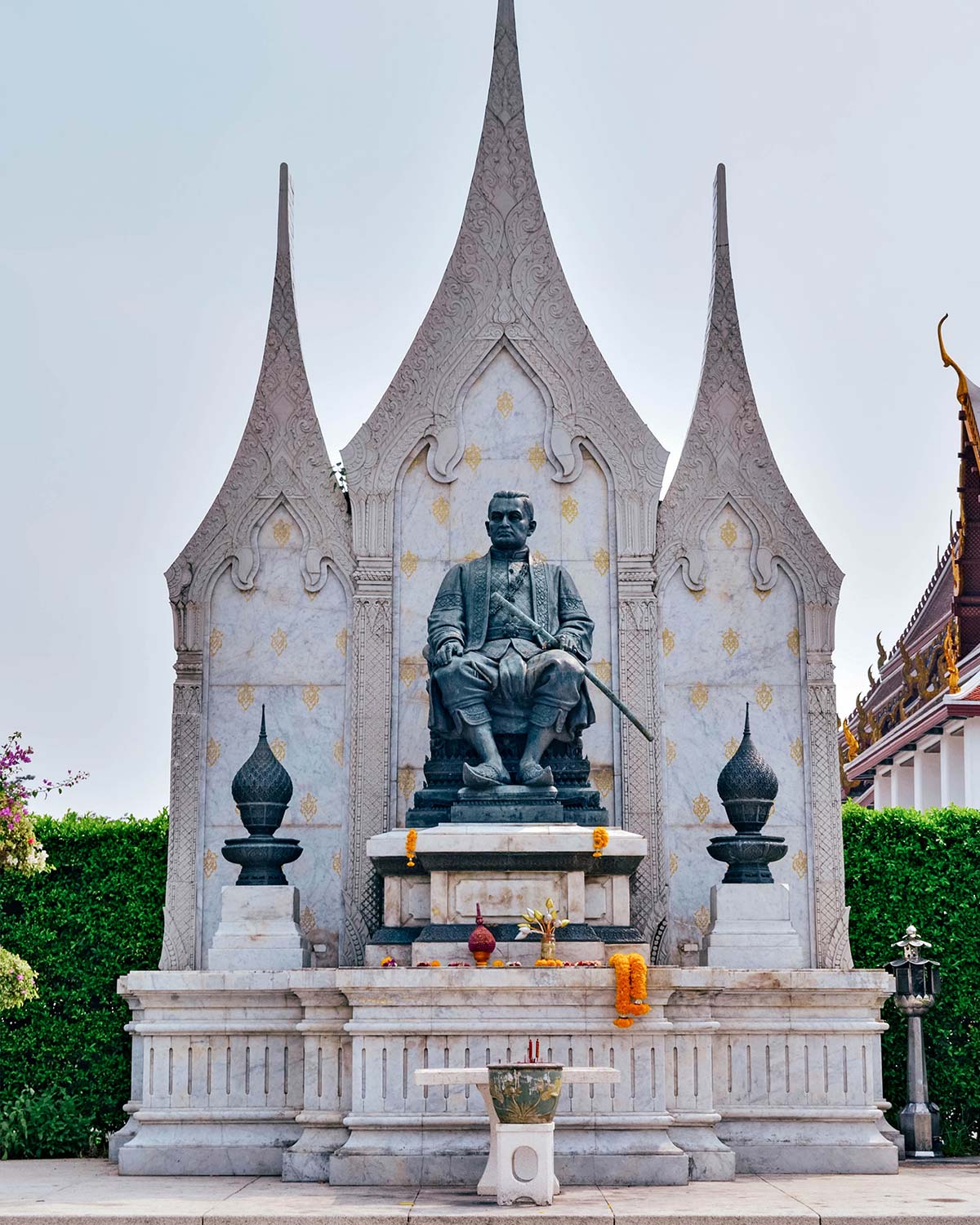
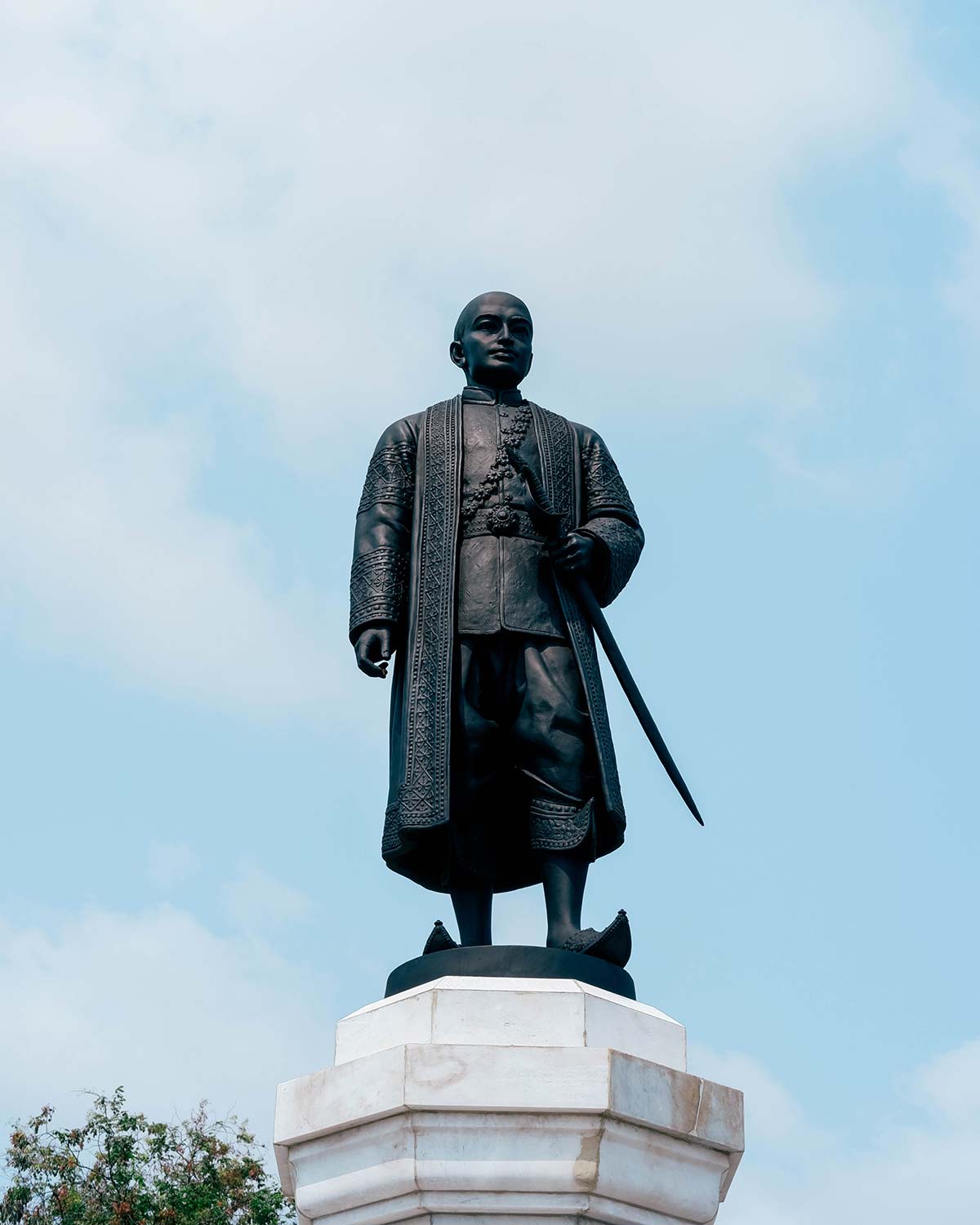
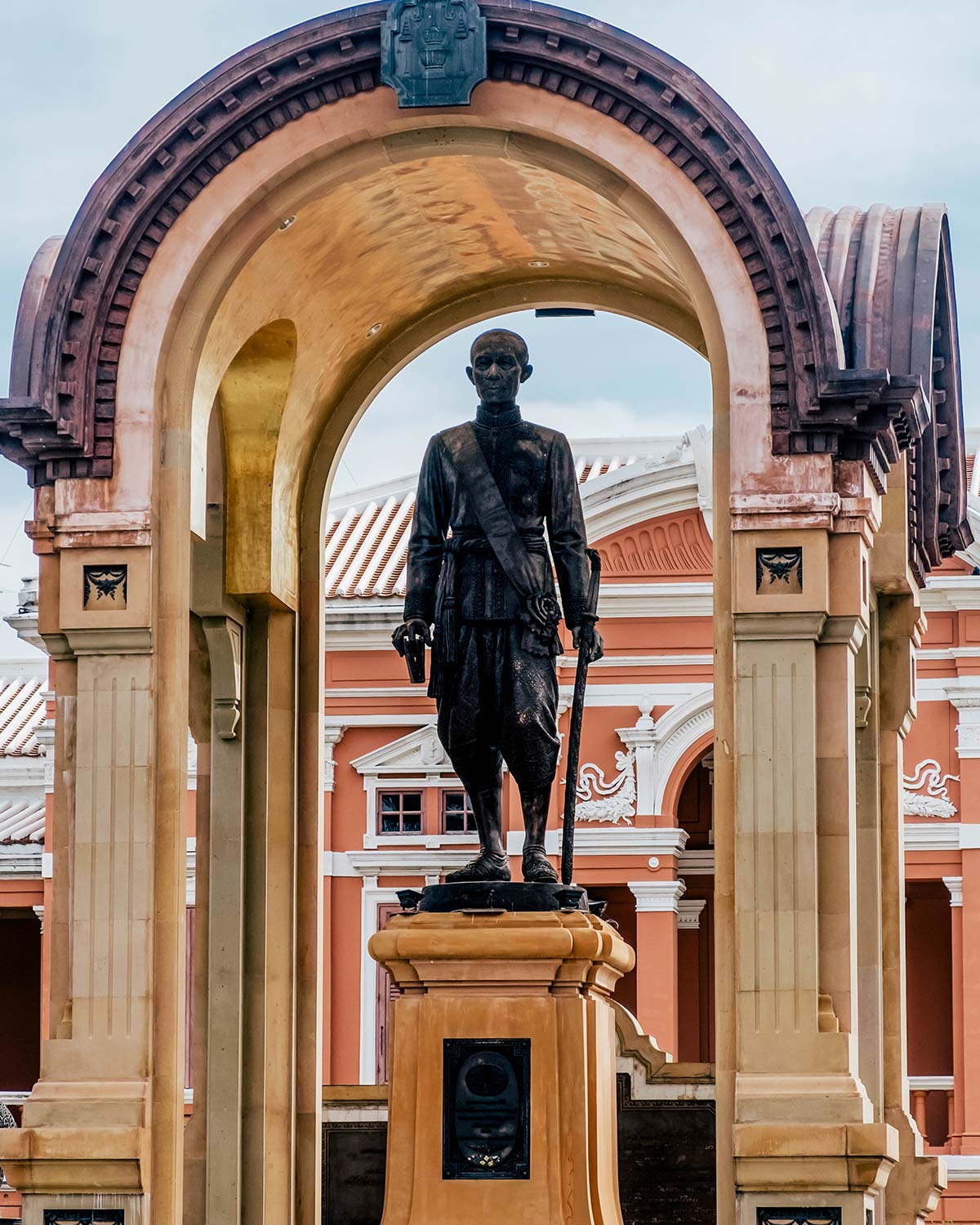
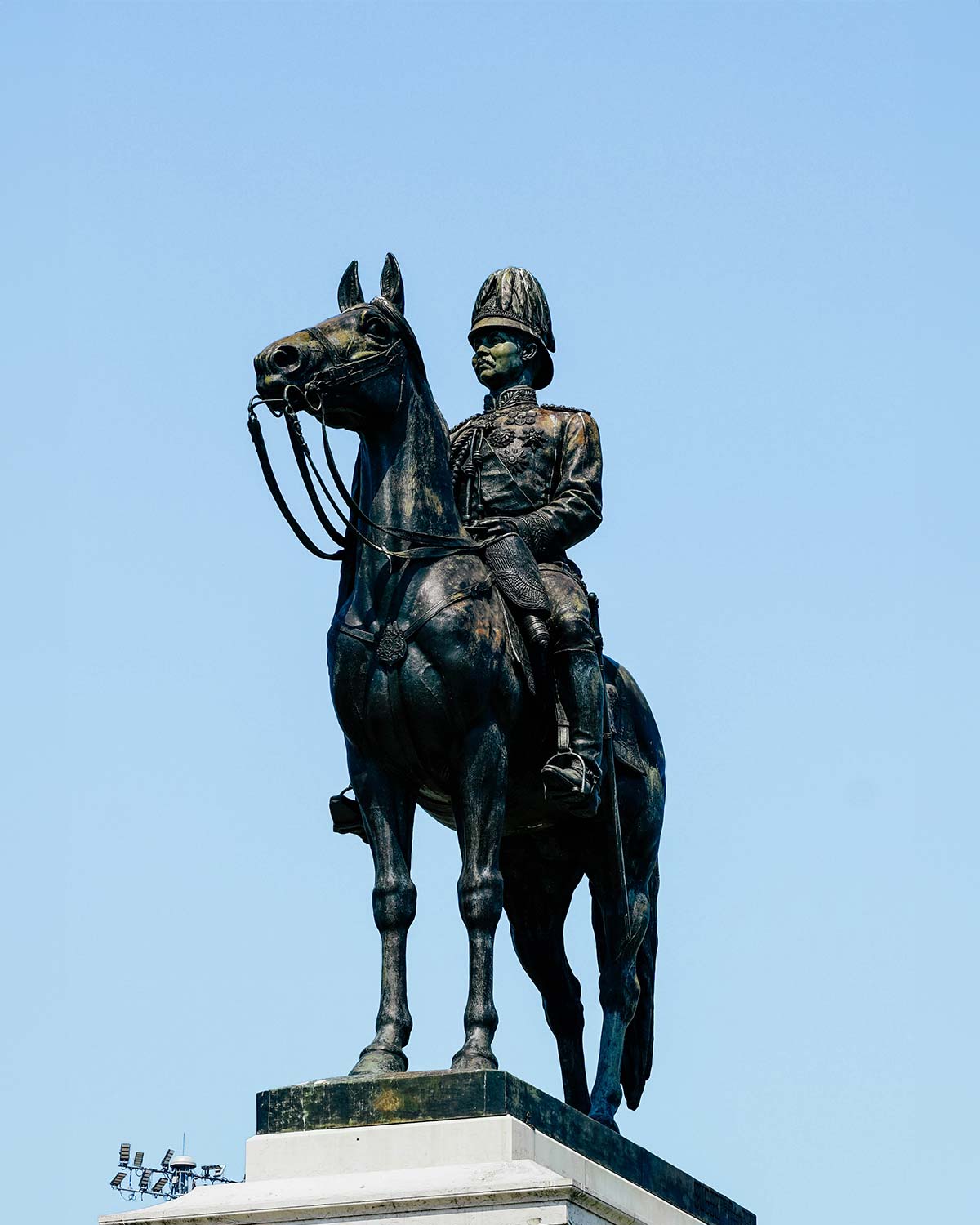
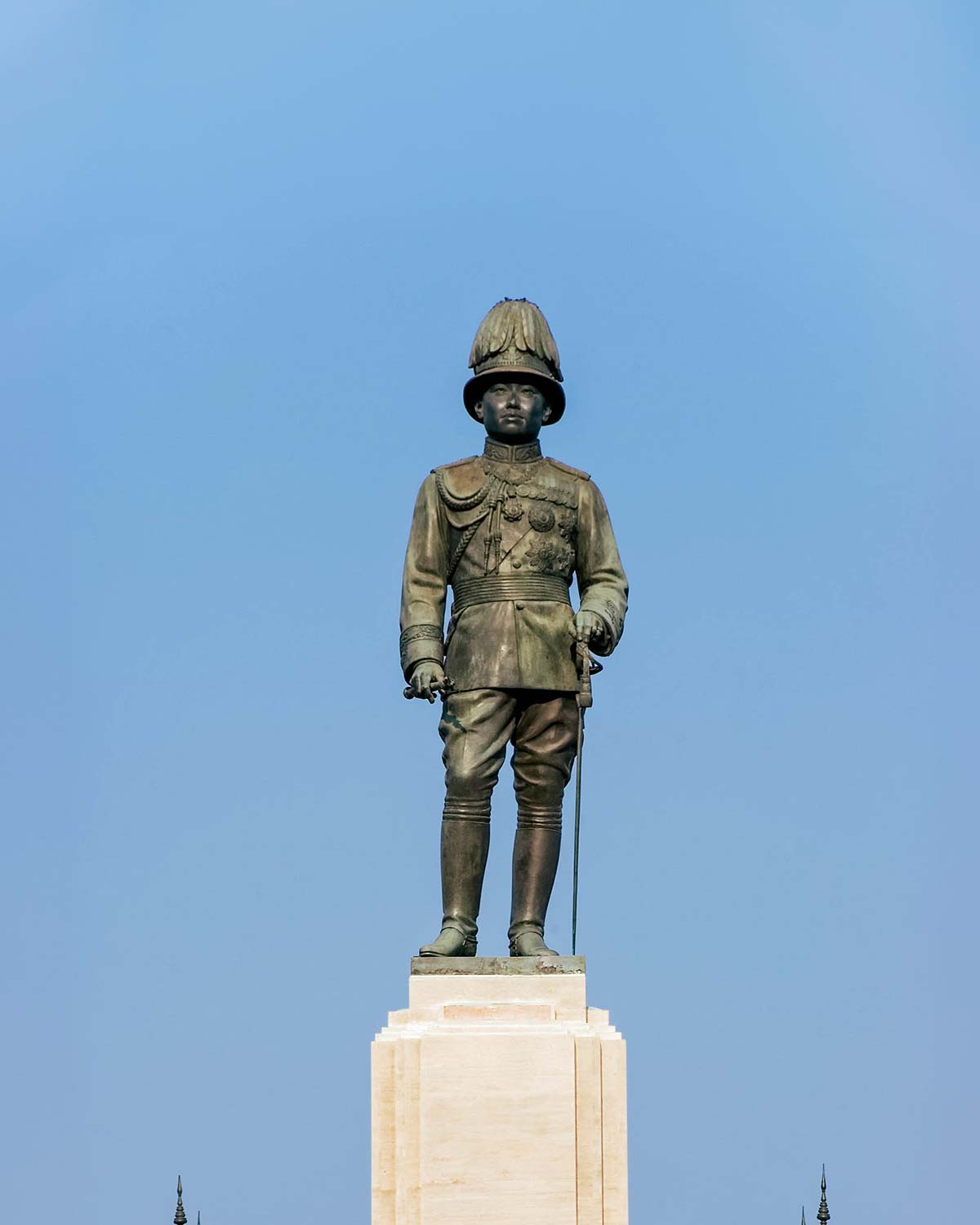
In 1965, travel writer Waugh —whose brother Evelyn is one of England’s greatest literary sons — settled in Bangkok for an extended period to craft a comprehensive history of the city he had visited intermittently.
Waugh’s writing life had been a semi-nomadic existence that had seen him roam from South America to the South Pacific. His charm granted him access to high society, which — in turn — granted him unique insights into the upper echelons of different cultures.
He wasn’t interested in writing how-to-travelogs or the danger-baiting type of travel book. Instead, he aimed to investigate, compare, and explore with genuine curiosity and enthusiasm.
His portrayal of Bangkok is notable for its memorable narrative style. It blends expert insight and a touch of bias yet remains sympathetic and engaging.
The first section of Waugh’s book covers the founding and early evolution of Bangkok under the reigns of its initial five kings. His privileged access to members of the ruling class infuses the narrative with a sense of immediacy and excitement, making the historical account feel almost like a reality TV show.
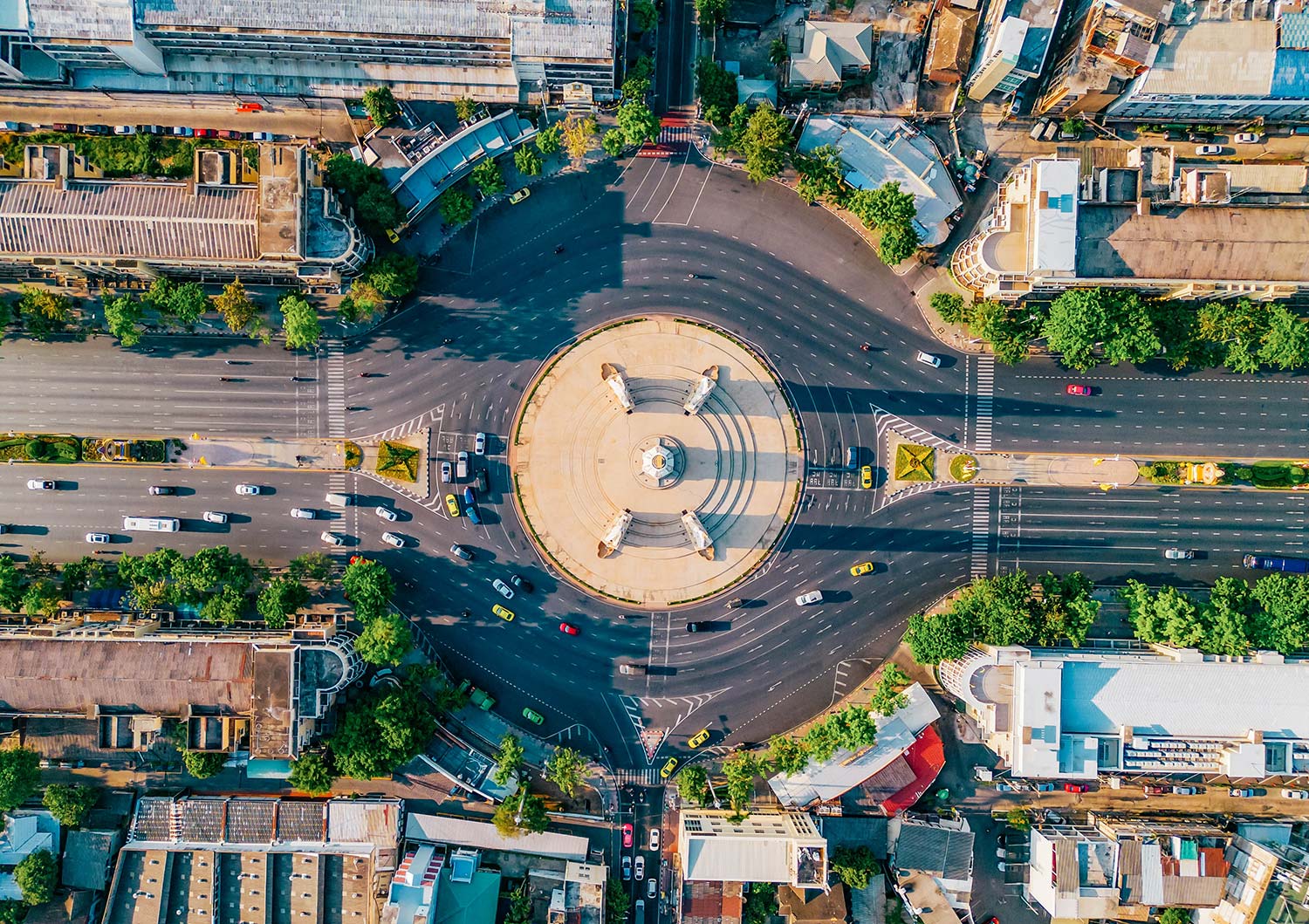
Waugh draws heavily on the titles given to each king by Prince Chula Chakrabongse in his book “The Lords of Life.”
These poetic and often grandiloquent titles reflect each king’s unique contributions and characteristics. For example, Rama I, “The Founder,” focused on establishing the city, building temples, and managing the still fragile empire.
Rama II, known as “The Artist,” was a patron of the arts and classic Thai ballet, consolidating the projects initiated by his father. The early kings prioritized making Bangkok as impressive as Ayutthaya, their former capital.
King Mongkut, or Rama III, was notable for being the first Chakri monarch to tour all of Siam. Known as “The Ruler” by Prince Chula, his reign saw significant interactions with foreign powers and the development of merchant buildings along the Chao Phraya River, which became central to the city’s growth.
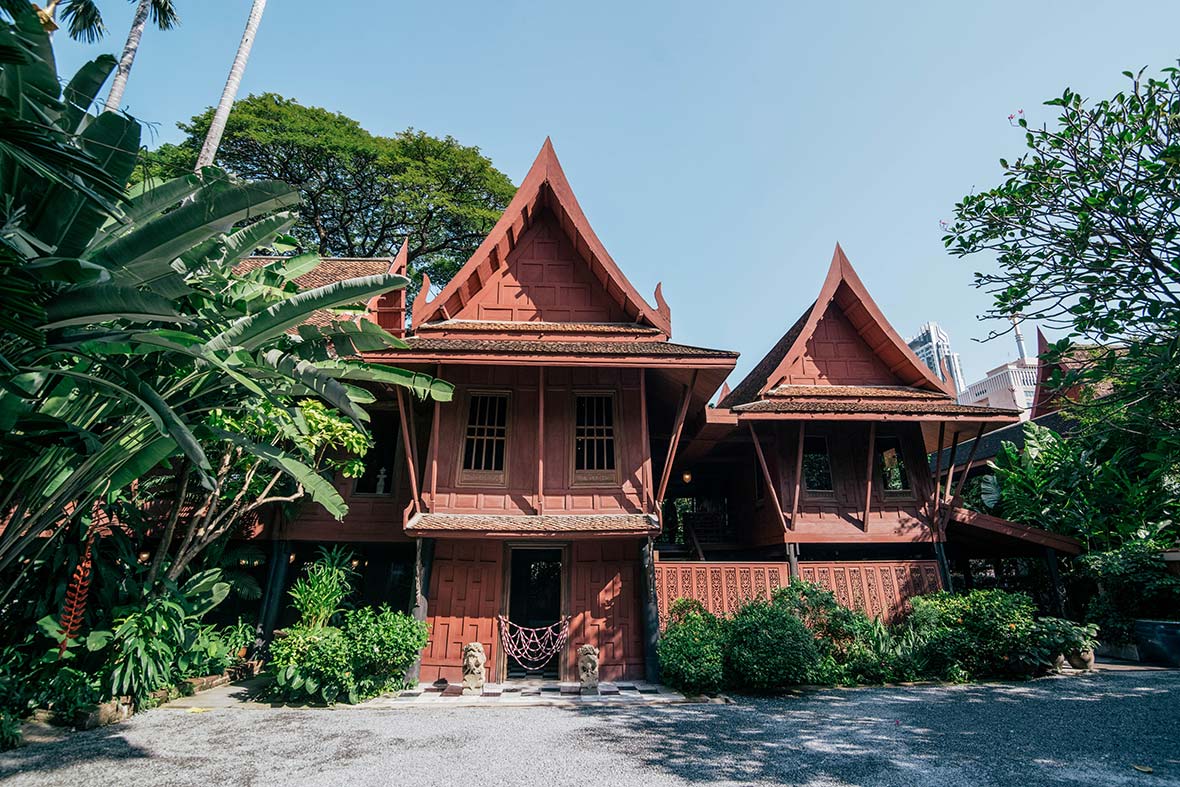
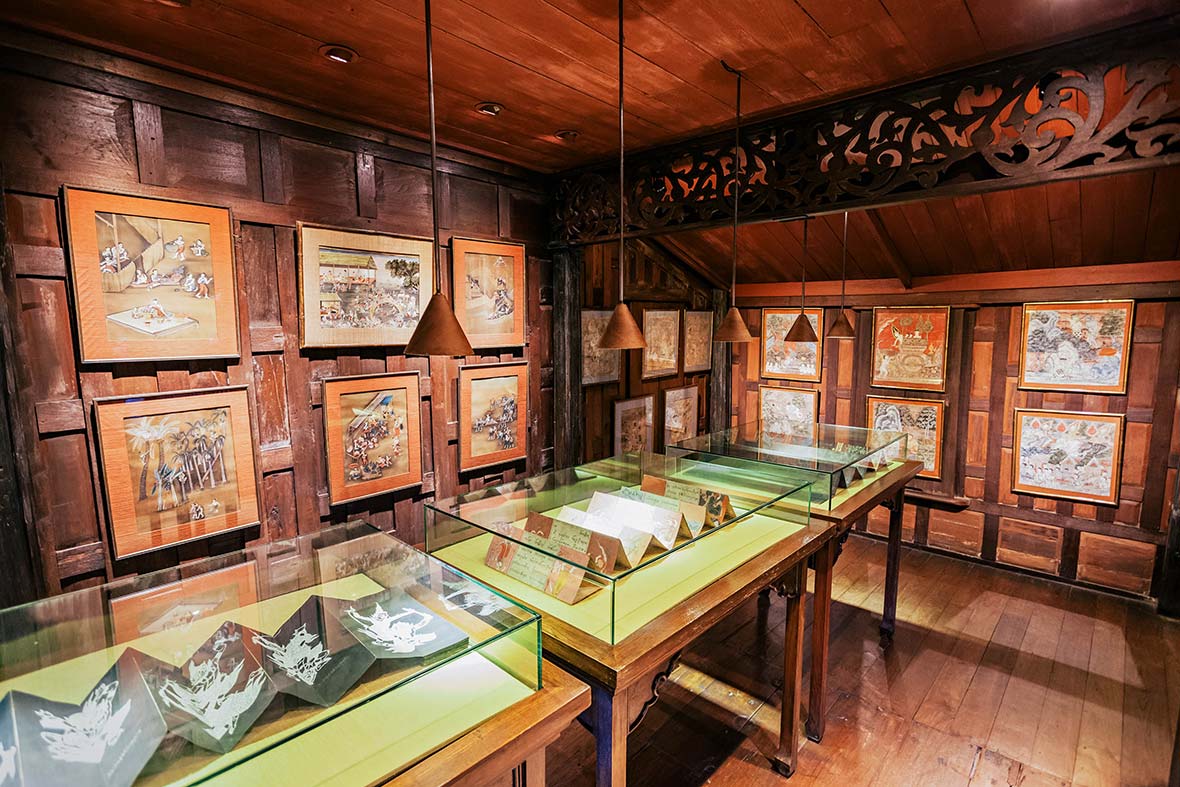
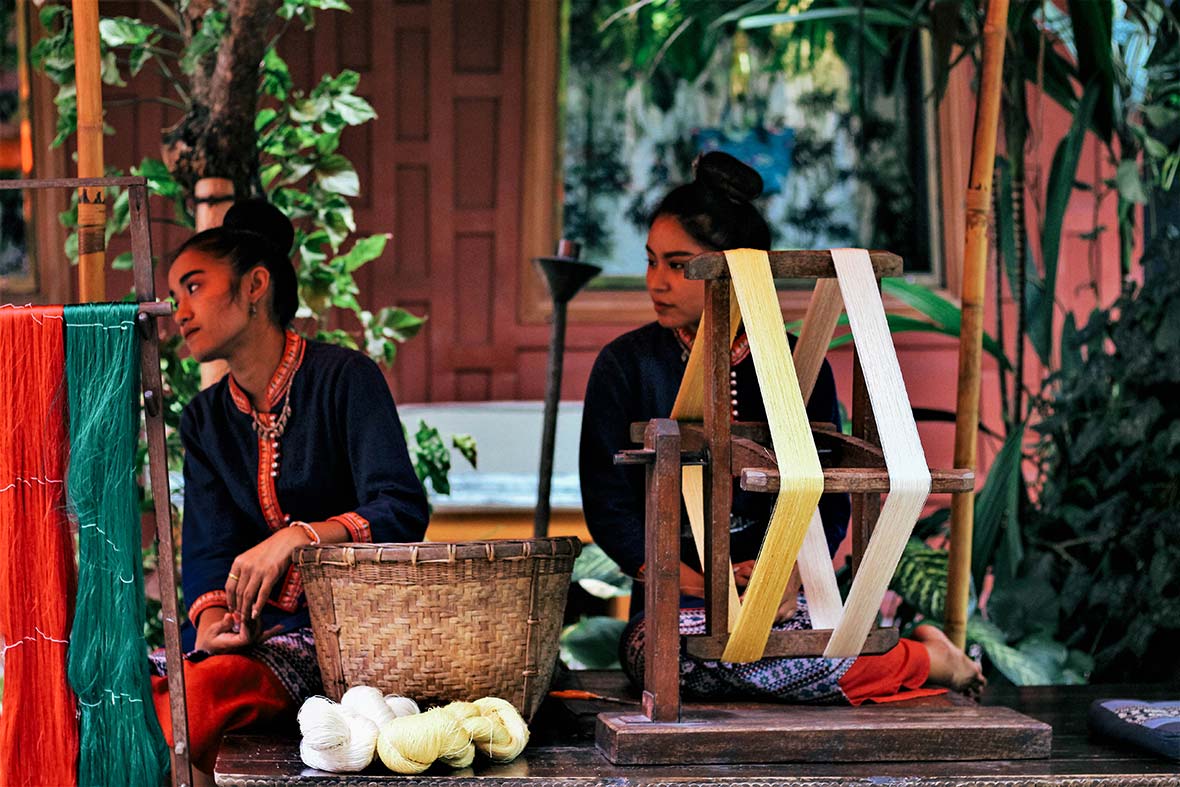
Under Rama IV, “The Enlightened,” and Rama V, “The Revolutionary,” Bangkok experienced profound modernization. Rama V, who toured Europe twice, was deeply influenced by Western advancements. He implemented many reforms, including lifting the corvée system and modernizing infrastructure based on European models. His reign saw the establishment of Siam’s first university and extensive urban development.
The book’s narrative shifts as it delves into the political turbulence of the 20th century. Rama VI, who ascended the throne in 1911, was more focused on social and political reforms than his predecessors. His reign, characterized by a period of stability and prosperity, was marked by his British-influenced approach to governance.
A significant turning point came in 1932 during the reign of King Rama VII when a nearly bloodless revolution led to the establishment of a constitutional monarchy. This swift and peaceful transition sparked by a group of young military candidates who had studied abroad marked a new era in Thai politics and governance.
Waugh’s account transitions from the intricacies of palace life to the political struggles of the period, focusing on the fifteen-year power struggle between rivals Pridi Phanomyang and Pibul Songgram. Pibul eventually emerged as the dominant figure, aligning with Axis forces during World War II and allowing Japan to occupy Thailand in 1939.
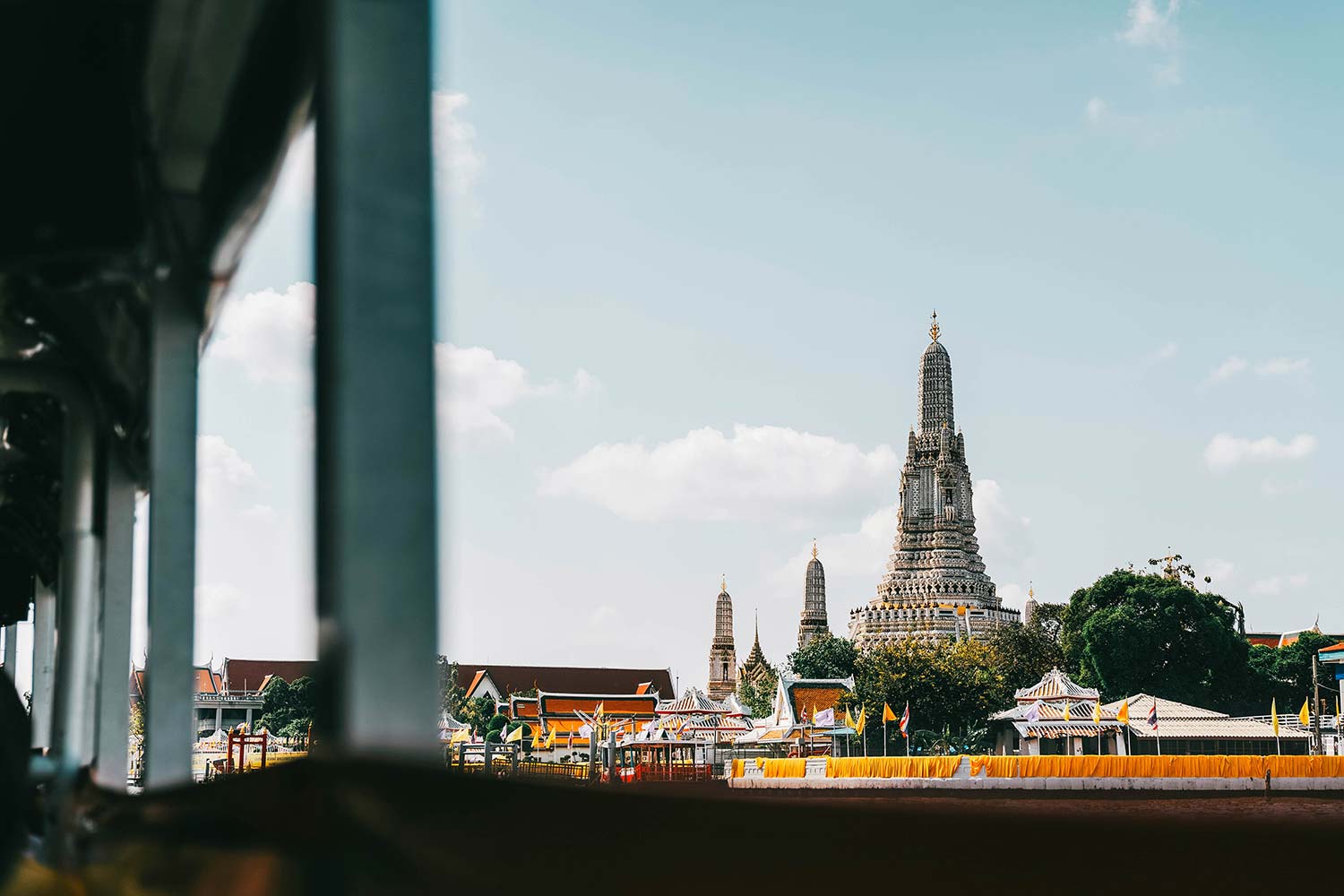
Waugh’s insider status enabled him to reveal fascinating details and dissect delicate subjects, such as the attempted Laotian invasion under Rama III, thwarted by a group of women who played a crucial role in defending Bangkok.
The book also critiques the portrayal of Thai royalty in Western works like “Anna and the King” and its subsequent adaptation, “The King and I.”
Despite his critical view of some Western portrayals, Waugh acknowledges the impact of these stories on global perceptions of Thai culture, including US businessman Jim Thompson’s role in the revival of the Thai silk industry.
Waugh’s observations extend to unusual events, such as the Thai Air Force bombing its own Navy during a coup attempt, demonstrating the dramatic and often chaotic nature of political life in Bangkok.
As Bangkok continued to grow post-World War II, it transformed from a city of 500,000 in 1932 to over a million in 1952, eventually doubling its population again in the following decade. The expansion continued under Rama IX, who was crowned in 1950 and reigned until 2016. His reign saw Bangkok evolve into a modern megacity and a major tourist destination.
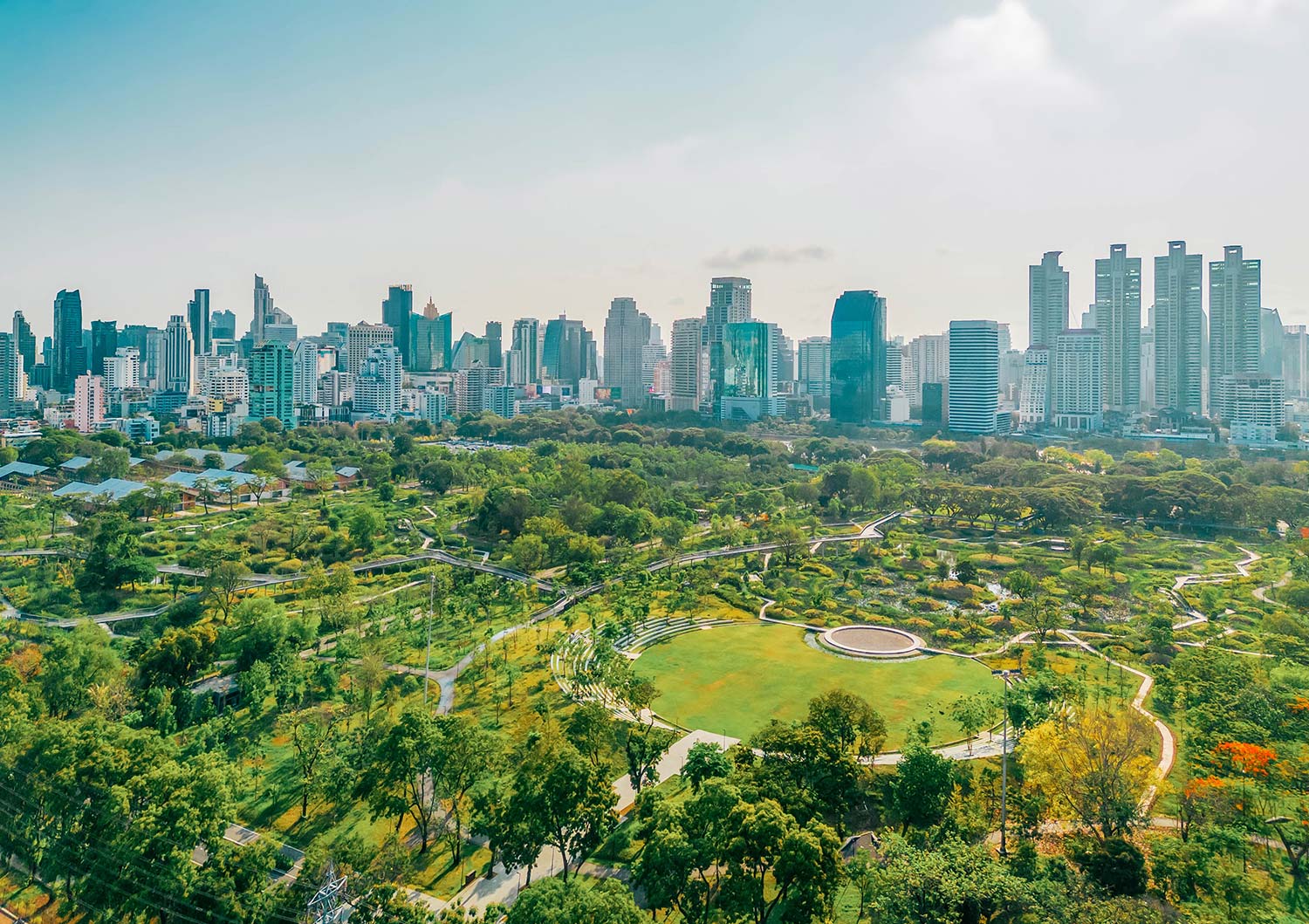
In the epilogue written in 1967, Waugh notes sadly that “Bangkok is increasingly overrun by tourists. It is the must-see port on everyone’s journey to the Far East.”
Today, Bangkok has evolved even more dramatically into a bustling megalopolis, a far cry from the quaint city Waugh described.
After two decades of living in and around Bangkok, I had the pleasure of hosting my 85-year-old mother on her first trip to Asia recently. On her itinerary of places to see were the Royal Palace, Wat Arun (Temple of Dawn), Wat Pho, and the National Museum—sites that were likely on Waugh’s list in 1926 and every tourist who has visited the city since.
Thailand now attracts over 40 million tourists a year who come from around the world to luxuriate in hotels and resorts, explore the cuisine and investigate the culture that Waugh himself spent so long trying to convey to the world.
If he would deplore Bangkok now, he would still have to accept some of the blame. After all, his take on the city weaves such a tale of intrigue, grandeur and exoticism that any reader would long to visit.
